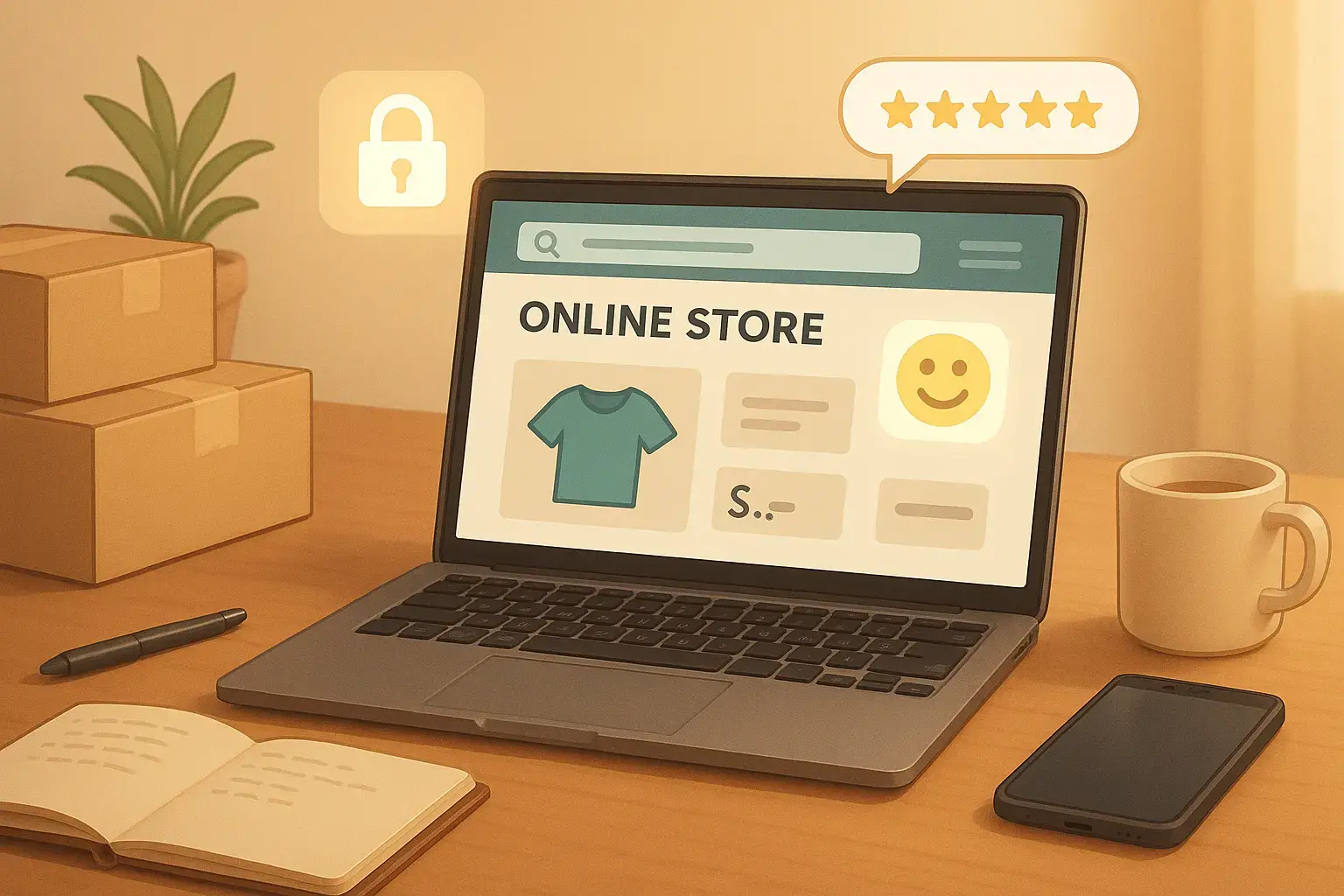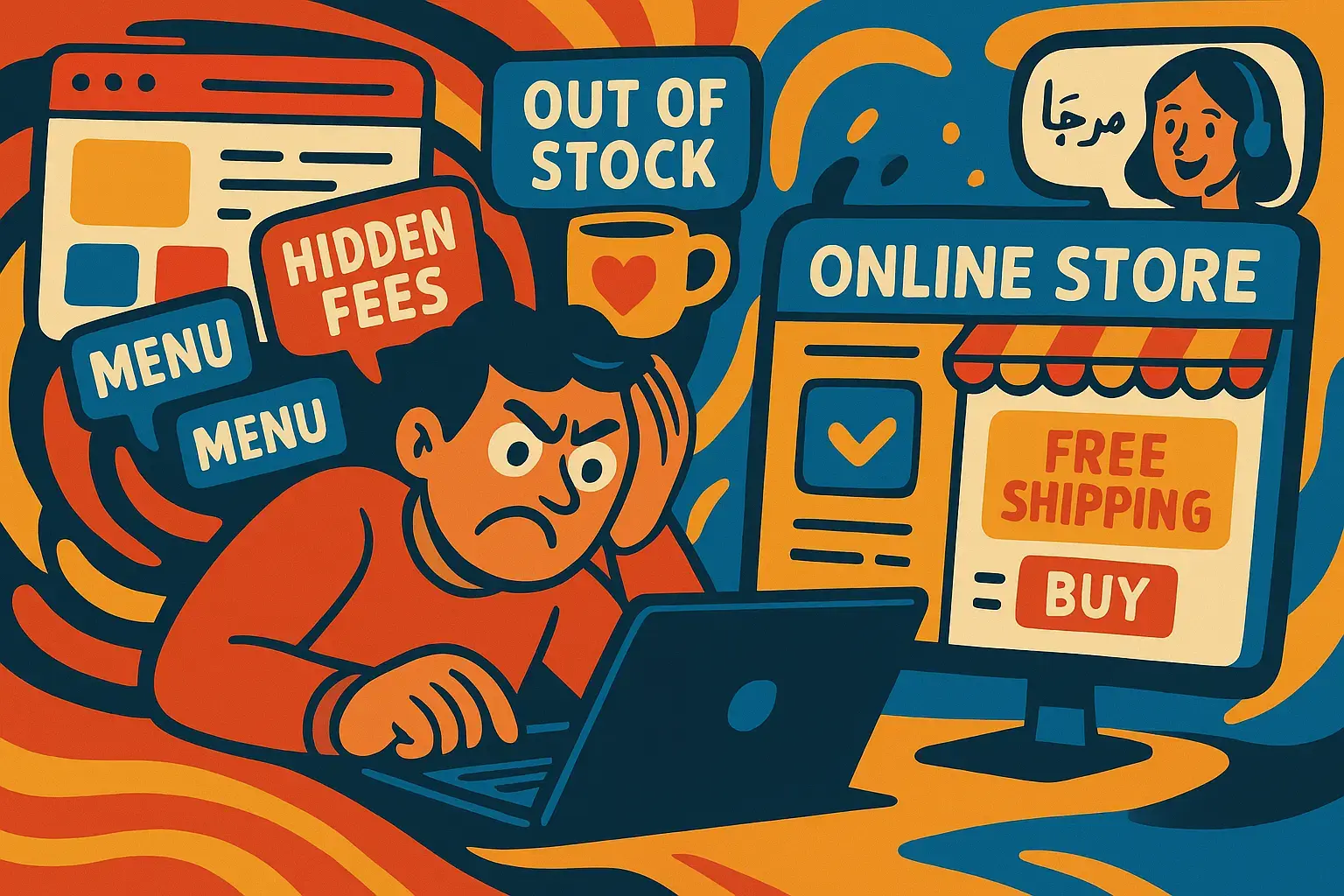The Role of Reports and Analytics in Online Selling
Let’s be real — selling online isn’t just about uploading some nice product photos, setting a price, and hoping for the best. If that worked, we’d all be millionaires by now. The truth is, success in e-commerce has a lot to do with data. And no, you don’t need to be a tech genius or a spreadsheet wizard — you just need to understand what reports and analytics can tell you.
So... why does this even matter?
Imagine you’ve got an online store selling handmade candles. You’re doing okay — a few sales here, a few there. But then one weekend, your sales double. You’re thrilled! But also...confused. What caused it? Was it the Instagram reel you posted? A shoutout from an influencer? A new keyword that started ranking?
Without reports and analytics, you’re just guessing. With them? You can actually know what’s working and what’s not and make smart moves from there.
It helps you figure out what people love (and what they ignore)
One of the best things about using analytics is that it tells you which products are hot — and which ones are just sitting on your digital shelves collecting dust.
Let’s say your vanilla-scented candle is outselling your lavender one by a mile. With that kind of data, maybe you decide to make a bigger batch or even expand the vanilla line. On the flip side, maybe you stop promoting lavender altogether or offer a discount just to clear stock.
The same goes for understanding why some products aren’t doing well. Maybe your product description isn’t clear. Maybe the images don’t show scale. Maybe the price feels too high. Reports won’t always tell you the “why” directly — but they’ll give you clues.
You get to know your audience better
Analytics tools can also show you things like where your customers live, how they found your website, what device they’re using, and how long they stick around. This stuff is gold.
For example, if you find out most of your traffic comes from mobile, but your site looks clunky on a phone... yeah, that’s a problem. Or if most of your buyers are coming from TikTok instead of Facebook, you might want to spend more time (and budget) creating content for that platform.
You can even track user behavior — like how many steps it takes for someone to buy something or where people usually drop off. That’s huge for figuring out how to improve your checkout process or landing pages.
It’s like having a roadmap for your business
When you’re running an online store, you’ve got a million little decisions to make: What products to stock? What ads to run? What discounts to offer? How much inventory to keep?
Instead of guessing, reports give you a solid foundation. They show you what’s actually bringing in money and what’s just burning your time and budget. Maybe your ads are getting clicks but no sales — that tells you something’s off in your product page or offer. Or maybe a particular campaign brought in a ton of repeat customers — and you didn’t even realize it.
Real-time feedback = real-time decisions
One of the coolest things about analytics tools today is that many of them offer real-time updates. That means you don’t have to wait until next week to know if your promo is doing well — you can see it now and pivot fast if needed.
If a sale is flopping, you can stop it and try a different approach. If something’s taking off, you can double down before the momentum dies out.
And no, it’s not just for big businesses
You might think all this sounds great… but maybe also a bit overwhelming? Like, maybe this is only for big companies with data teams and full-time marketers?
Not true. Most platforms like Shopify, WooCommerce, Etsy, or even Instagram give you free tools to track performance. You don’t have to master everything at once — just start with the basics. Look at your top-selling products, your traffic sources, and your customer behavior. You’ll learn a lot just from that.
Final Thought
Reports and analytics aren’t just “nice to” have”—they’re the key to making better decisions and building a business that actually grows. They take the guesswork out and give you a clear picture of what’s going on behind the scenes.







